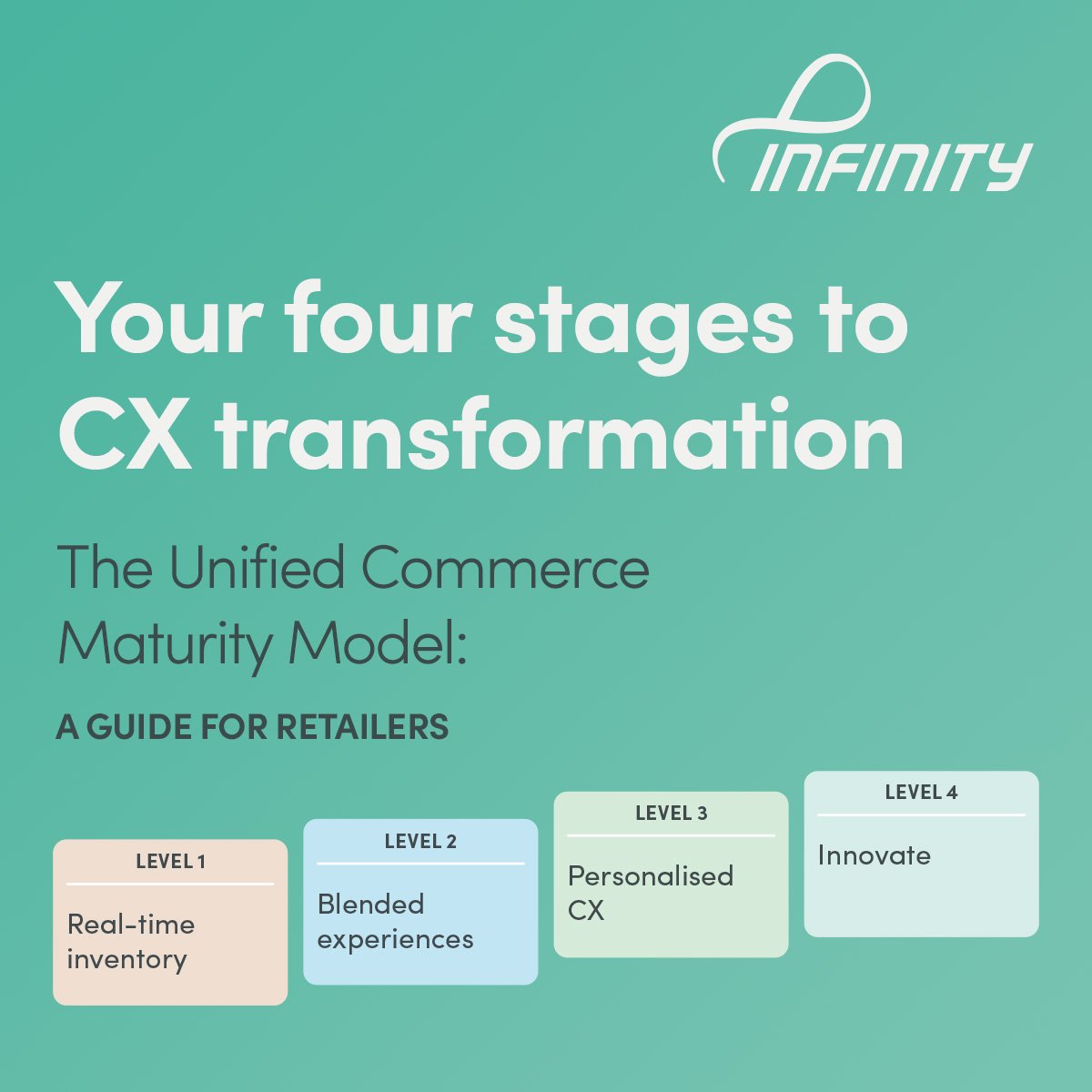With access to knowledge, investment and a vast peer network, 2024 marks the beginning of an exciting new chapter in the growth of Triquestra.
We’re thrilled to share that we have been acquired by Constellation Software through its operating group Vela APX, part of Vela Software Group.
The acquisition will strengthen our value proposition for retail brands and partners by tapping into Vela’s best practices, deep expertise and capital resources.
As a New Zealand-based company, we're proud to be globally recognised for our product, culture and performance and are excited about this next step in our journey.
“Infinity has a rich history of providing cutting-edge and frictionless retail experiences to leading brands across multiple industries and segments,” says Ian Whiting, CEO of Vela APX. “We are confident that our unique model of connected autonomy will give them the capacity to continue to grow and achieve new levels of success.”
A partner committed to our vision
Vela is the perfect match – providing access to a global peer network with the tools and talent to support the growth of our people, products and customers.
“It was critical for Triquestra to find the right partner to support our focus and expertise in delivering world-class unified commerce solutions,” says Kelly Brown, CEO of Triquestra.
“That is why we have chosen to join Vela APX – they are best positioned to help us on our growth journey. Another important factor that drove our decision is that we still get to do what we love with autonomy, while benefiting from the strong backing of our parent company.”
By joining forces, we will funnel our collective efforts into the success of retailers, leveraging Triquestra’s modern Infinity unified commerce platform, broad partner ecosystem and proven customer implementations to deliver the unified experiences consumers now expect.
A new chapter, a bigger stage
For the Triquestra team, this marks an exciting new chapter. We continue to be relentlessly focused on our retail clients and our valued partners. Our name stays the same. Our leadership remains the same and remains committed to continuing to grow our business.
What does change is that we’ll be doing this on a bigger stage, with many new partners and colleagues to work with.
We’re looking forward to working alongside the Vela team to help our retail clients transform their businesses using technology and experiences to create value, meet consumer needs and drive profitable growth.
About Constellation and Vela
As part of Vela Software Group, Vela APX acquires, manages and builds vertical market software businesses that provide mission-critical software solutions. With a vast portfolio across multiple industries, Vela provides software expertise, operational support and capital to help businesses like Triquestra grow organically.
Vela is an operating group of Constellation Software, a public company listed on the Toronto Stock Exchange with over 125,000 customers in over 100 countries.































